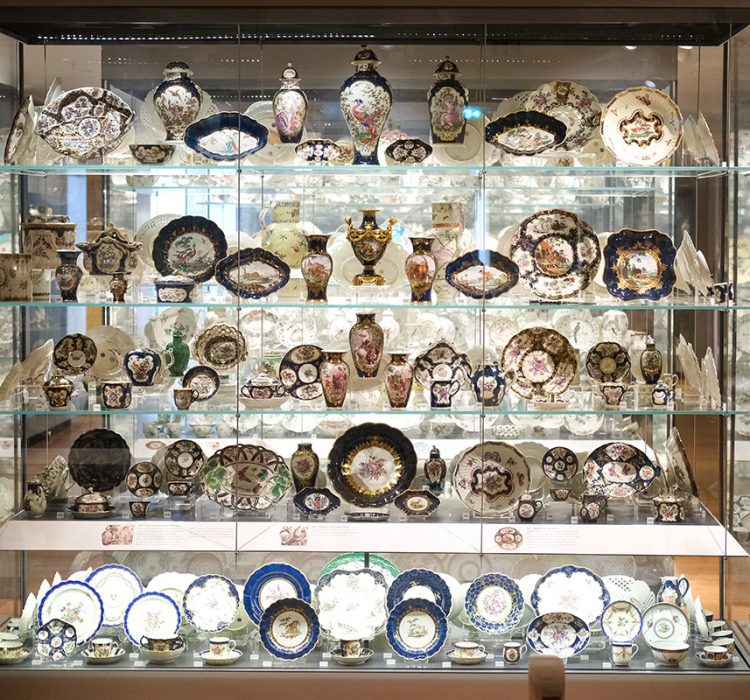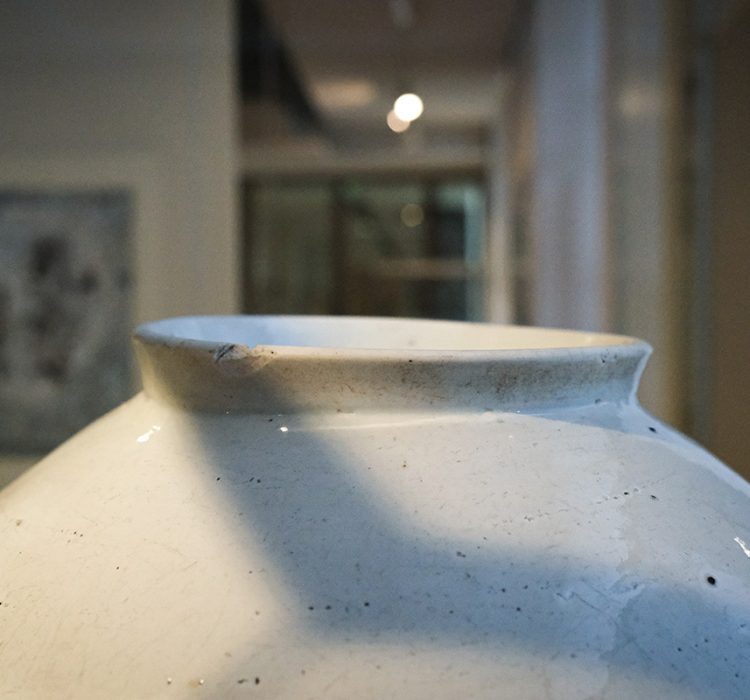
Oct.12
Collecting, Making, Using by Gianfranco Chicco
Oct.12
‘Are you a collector or a maker?’ a chatty chap asked me during a ceramics exhibition months ago. He then went on to tell me how proud he was of his Japanese collection. ‘I’m a user’ I uttered without too much thought, and my answer has been lingering in the back of my mind ever…

Oct.05
Earlier this year I fell down a moon jar rabbit hole by Gianfranco Chicco
Oct.05
My interest in Korean ceramics had been growing over the years, at first as a way to better understand its Japanese counterpart, and later based on its own merit. While Japanese emperors, aristocrats and rulers like Toyotomi Hideshoshi had a penchant for karamono, elegant and luxurious tea wares and other objects originating in China, it…

Sept.28
Traditions: from copying to rebellion to transcendence by Gianfranco Chicco
Sept.28
When we think about traditional craft objects, the first image that comes to mind is that of old things, vintage looks, nostalgia and remote origin stories. However, traditions are living entities. They have to be born before they get a chance to establish themselves, they grow and evolve, and sometimes they die too. The evolution…

Sept.21
The humble yunomi by Gianfranco Chicco
Sept.21
The yunomi is the workhorse of Japanese teaware. It’s the cup where you’ll be offered tea at a shop, a restaurant, an office or when visiting someone’s home. You’ll find it in daily use by people of all classes and backgrounds. Broadly speaking, Japanese tea cups and bowls can be classified as chawan, yunomi and…

Sept.07
Tomatoes on Japanese ceramic plates taste better by Gianfranco Chicco
Sept.07
Do tomatoes taste better when eaten from a nice Japanese ceramic plate? Objectively, no. But the experience of serving and eating the tomatoes does improve. That is because human experience is not limited just to the physical characteristics of the food but how we interact with it, from the sensorial stimulation to the meaning we…

July.03
The Enduring Charm of Japan’s First Porcelain
July.03
Frequent JLA contributor Alice Gordenker shares her appreciation for a type of Japanese antique porcelain that has captivated people all over the world for more than 400 years. For a comprehensive introduction to Imari ware, and some lovely photographs, please take a look at her new article on the All About Japan website.

Jan.20
Shinohara Shiko: Making Things Unbound by Convention by Sankaku
Jan.20
Beginning with Japan’s industrialization in the late 19th century, the paper industry and related companies converged in urban centres across the country. In the eastern Tokyo ward of Kōtō, one such company is Shinohara Shiko, a family-run bookbinding factory that has been cutting, folding, and binding paper to make books and magazines for almost fifty years….









